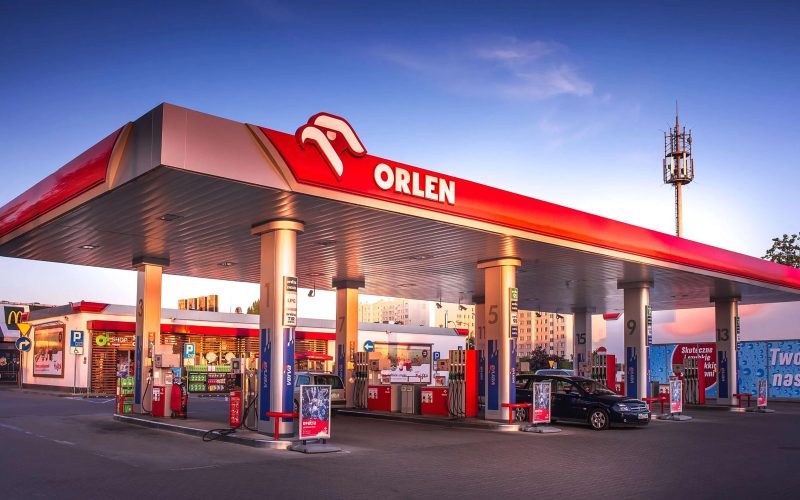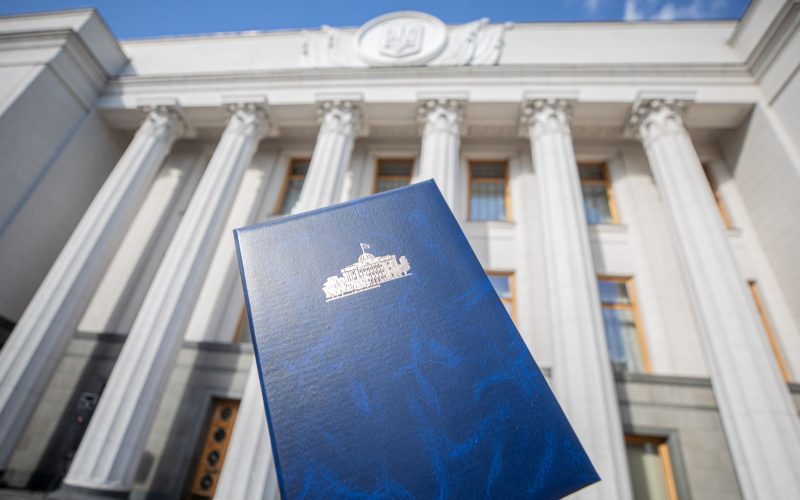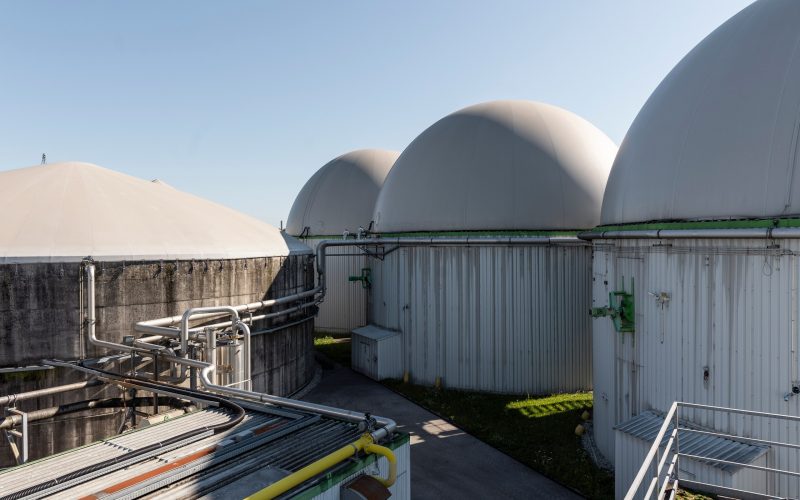Biggest biomethane plants in Europe | Technologies and experience
We have already written about some facilities, but we would like to briefly remind you about the leaders of this sector.
Nowadays Europe has been producing 191 TWh (about 18 billion m3 CH4/year) combined worth of biogas and biomethane, a figure bound to quadruple by 2030. Germany has the highest number of biomethane plants at 232, followed by France and the United Kingdom.
Nature Energy Korskro
One of the largest biogas plants constructed in Europe, the Nature Energy Korskro plant will produce 37 million Nm3 of biogas per year. Nature Energy operates the plant in Korskro and had consulted with the Portuguese company EFACEC regarding its design, construction, and installation.
The biogas plant will take in 708,000 Tons/Year of biomass and produce a fertile slurry of 521,000 tons. The company claims to be the largest biogas producer in Denmark with over 12 biogas facilities in the country and one in a foreign land. They plan to establish more large-scale biogas plants in Denmark.
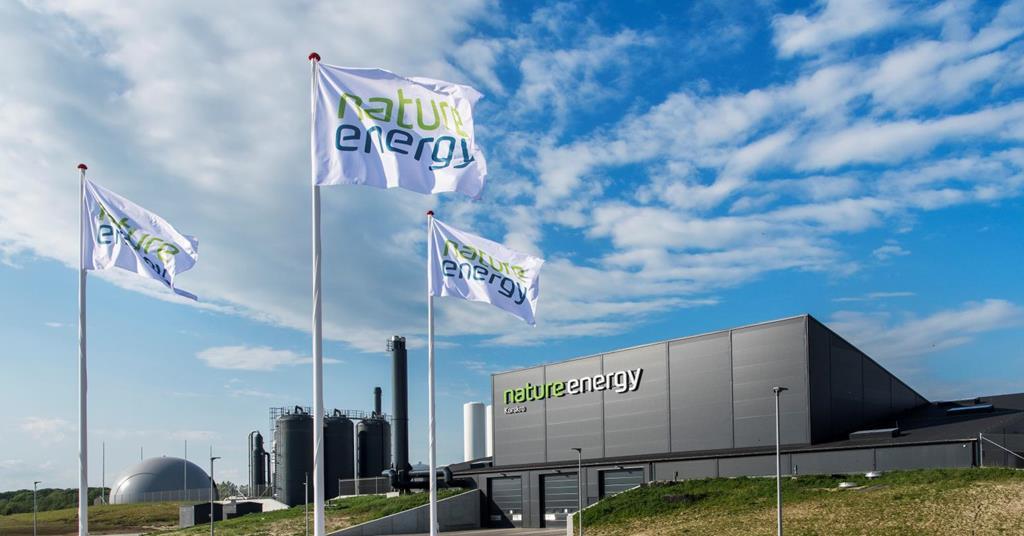
Valdemingómez Technology Park
The city of Madrid produces more than a million tons of urban waste per year. Valdemingómez Technology Park treats over 90% of the organic matter from the waste that enters its processing plant. Out of this waste, it generates 207,013 MWh of electricity, enough for the consumption of 59,367 homes. And that is just 76% of the Bioenergy it produces. They have been using the rest of it for running the facility itself. It claims to have effectively saved 1,130,768 t of greenhouse gas emissions.
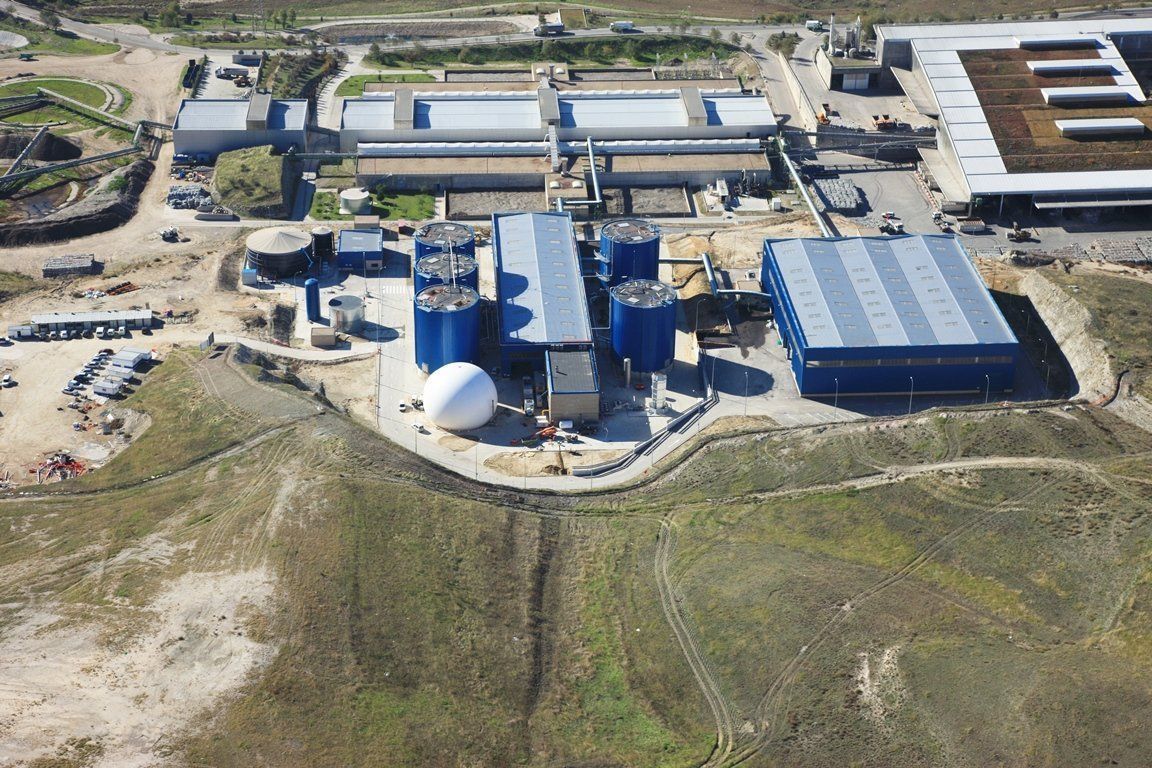
Future Biogas
The UK-based Future Biogas currently operates 11 plants in the country on behalf of various entities such as Aviva and JLEN Environmental Assets Group. Each of the Future Biogas plants will collaborate with local farms to source crops for its overall 500,000 tonnes per annum requirement. They produce 400GWh+ of biomethane and energise 40,000 homes with this.
Future Biogas plans to grow its portfolio with integrated biogas plants with carbon capture and storage technology (BECCS). The captured CO2 will supply it for the Northern Lights Project, a JV between Equinor, Shell International and Total Energies.
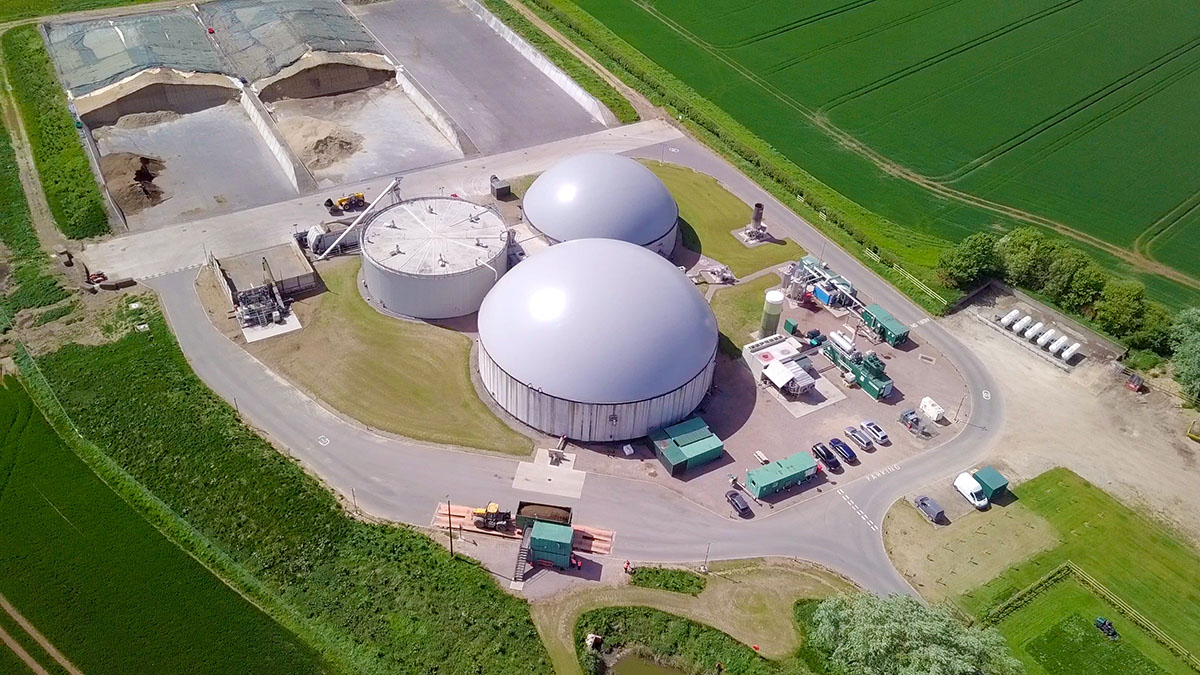
Landwärme
As a leading independent biomethane producer, Landwärme has a trading portfolio of 2.5 TWh+ and plays an active role in 10 European countries. The Budapest-headquartered Landwärme group has over 20 biomethane plants under its belt. It feeds its plants with both organic waste and energy crops, comprising 85% from the sugar industry and 15% from bioethanol, biodiesel, and food industries.
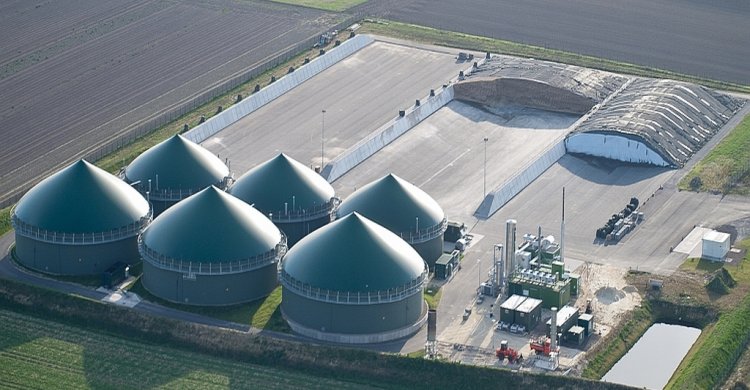
Biokraft
In the summer of 2018, Biokraft started operations of the then-largest facility for liquid biogas (LBG) in central Norway. It is still the biggest in the Nordic region producing 25 tonnes of liquid biogas per day. It aims for a total capacity of 1 TWh soon as it sees the European 2030 agenda for sustainable development as a business opportunity. Through campaigns such as #deførste100 – in collaboration with Smart Green Region and AGA – it vowed to make a hundred heavy utility vehicles run on liquid biogas in the Norwegian market. TINE, Norway’s leading producer and exporter of dairy products, joined in. Another win for the company has been its recent partnership with Norwegian cruise operator Hurtigruten.
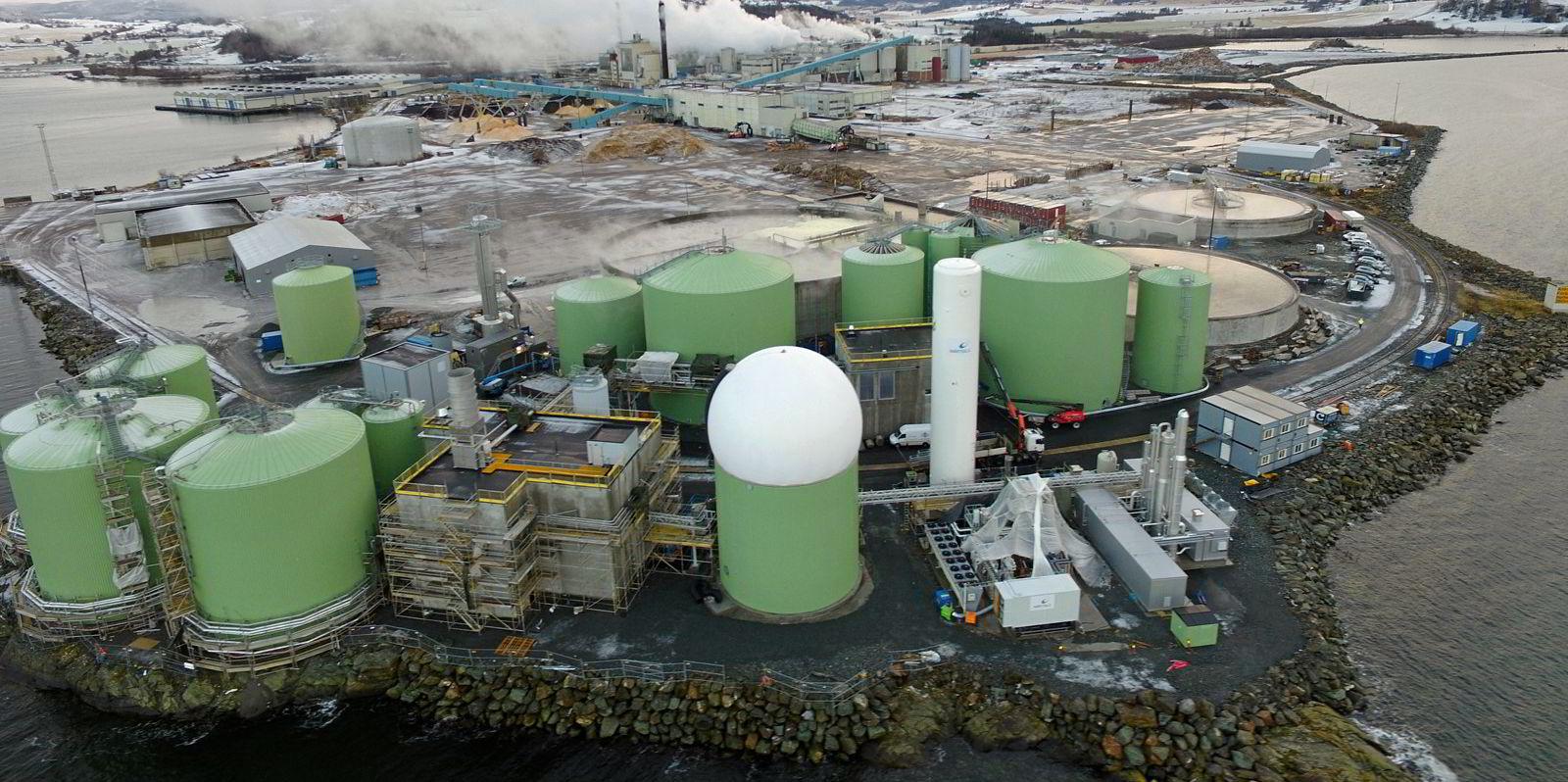
ENVO Biogas Tønder
Biogas Tønder plant claims to be the largest biogas plant in the Nordics. It has caught up with the Maabjerg BioEnergy facility to produce 68.5 million m3 of biogas a year from 930,000 tonnes of biomass. The biogas plant in Tønder will treat liquid manure and energy crops from 120 farmers. It hopes to take in organic household waste too in the future. The plant produces over 68 million m3 of Biogas or 35 million m3 of methane. ENVO Group plans to add 2-4 plants in Denmark as part of its plans.
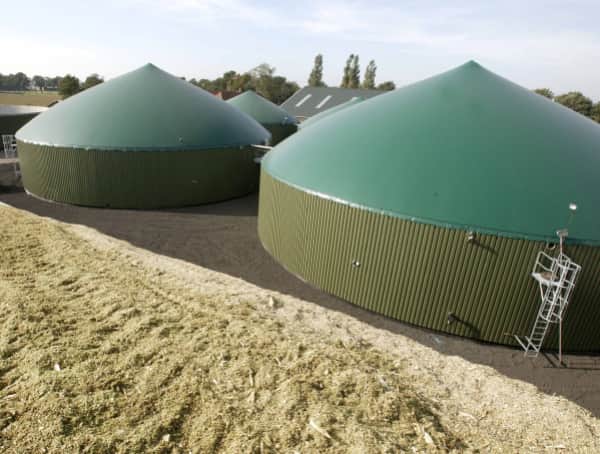
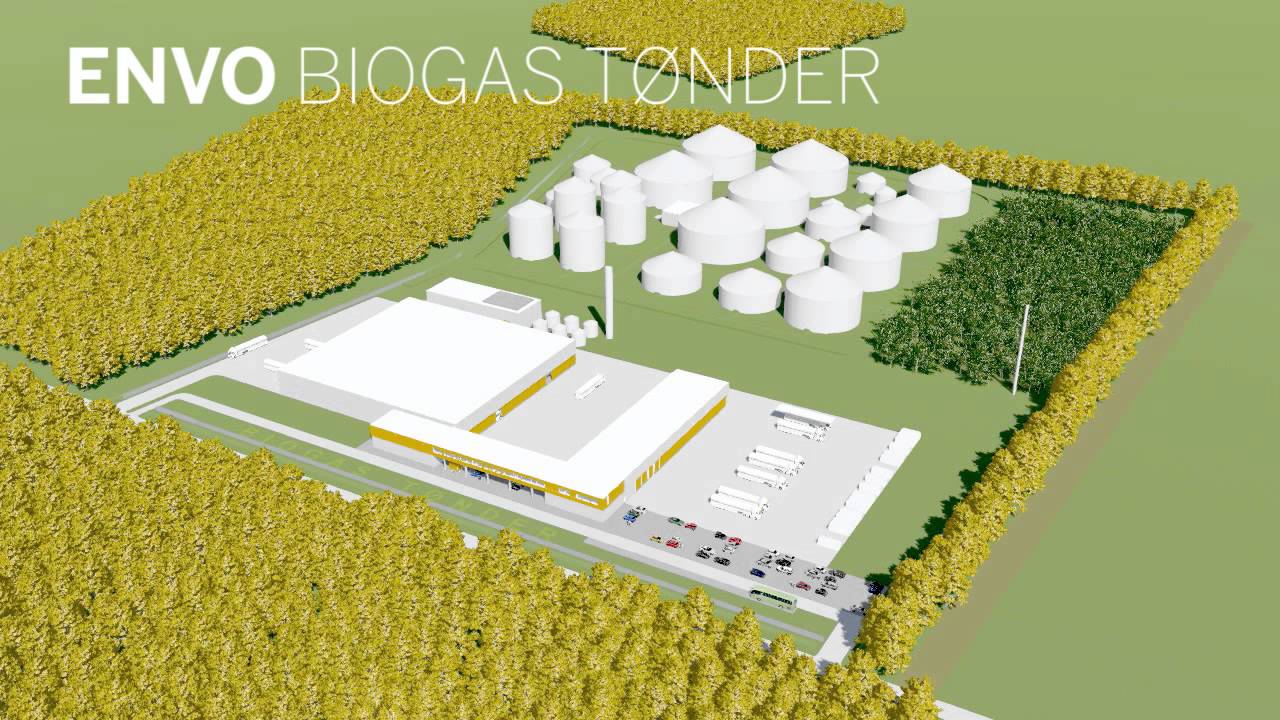
Jordberga
The largest in Sweden, this anaerobic digestion plant in Jordberga, was set up in 2013 in partnership with E.ON, Skånska Biobränslebolaget and Nordic Sugar. They invested $23m in this plant that processes 110,000 tons of green waste to make biogas of 110 GWh. They usually sell their gas out in advance. It claims to have reduced CO2 emissions by 30,000 tons per year. It is one of those success stories where the plant will pay off its cost of 200 million dollars in 16 years.
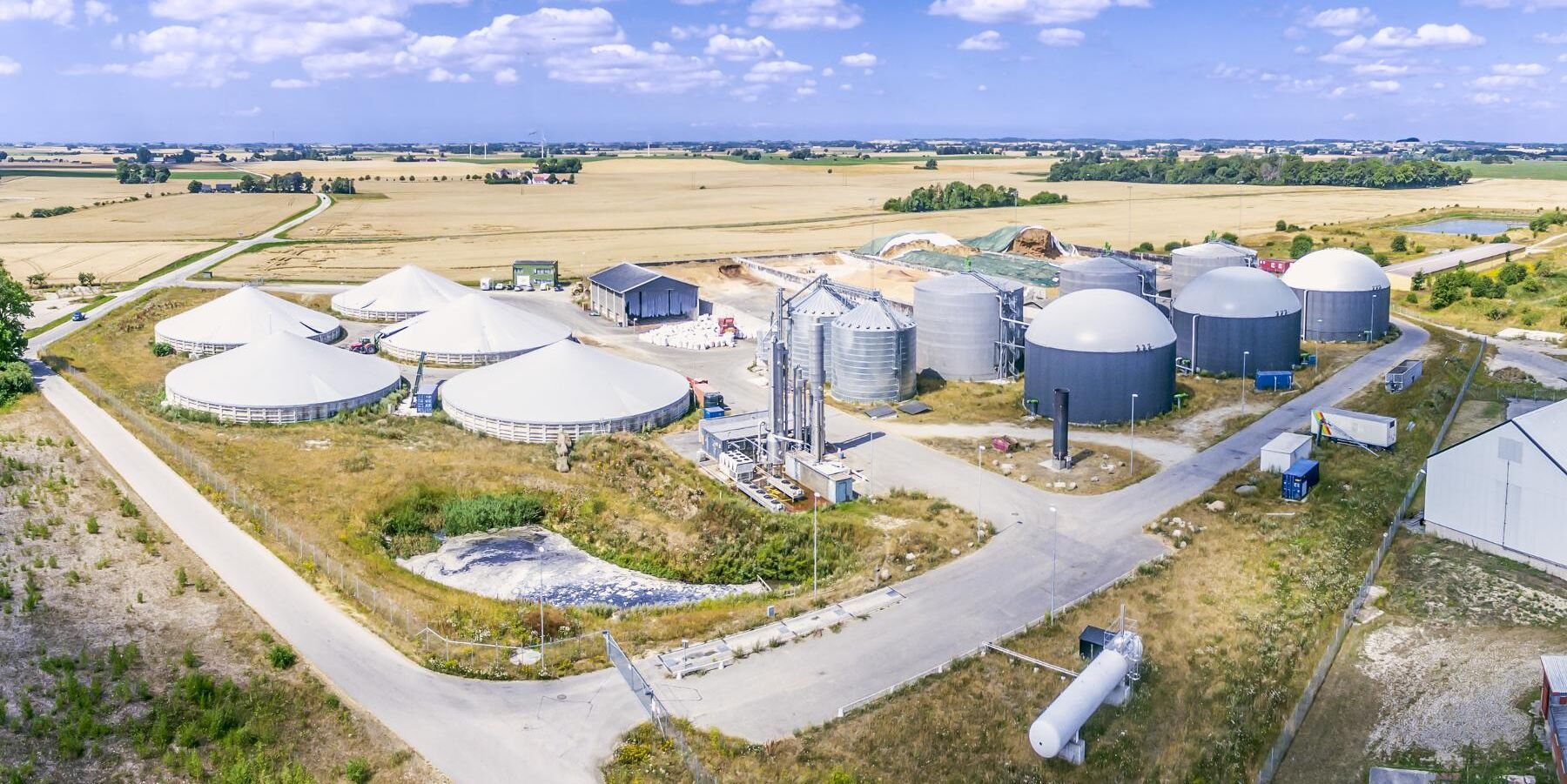
Source: Prospero.
